Walking into the New Year
One of the places I've discovered I like walking here in Texas is the John Burke Nature Preserve. It's a bit of a detour from work, but not too far, and it's a very wooded and secluded area tucked almost under the onramps for the big interstate. You are never away from the roar of traffic, but that fades into the background as you tramp along the well-maintained trails. I rarely see another person when I visit, and that suits me.
It's also a good place for me to work on learning this new biome. Even after months of living here, I'm not as far along on that as I'd like, due to conflicting priorities and sheer lack of time. Working on it. Walking is good for me mentally and physically - I plan to reprioritize it in 2022 and make sure I get in a ramble at least once a week, preferably two, along with gym visits on a much more regular routine.
Getting to walk in the sunshine and enjoy the Texas winter warmth was fantastic, even knowing it won't last long. On the other hand? It's a short winter, relative to growing up in the Interior Alaskan bush, where there could be frost on any given day of the year, and winter took up six months and more.
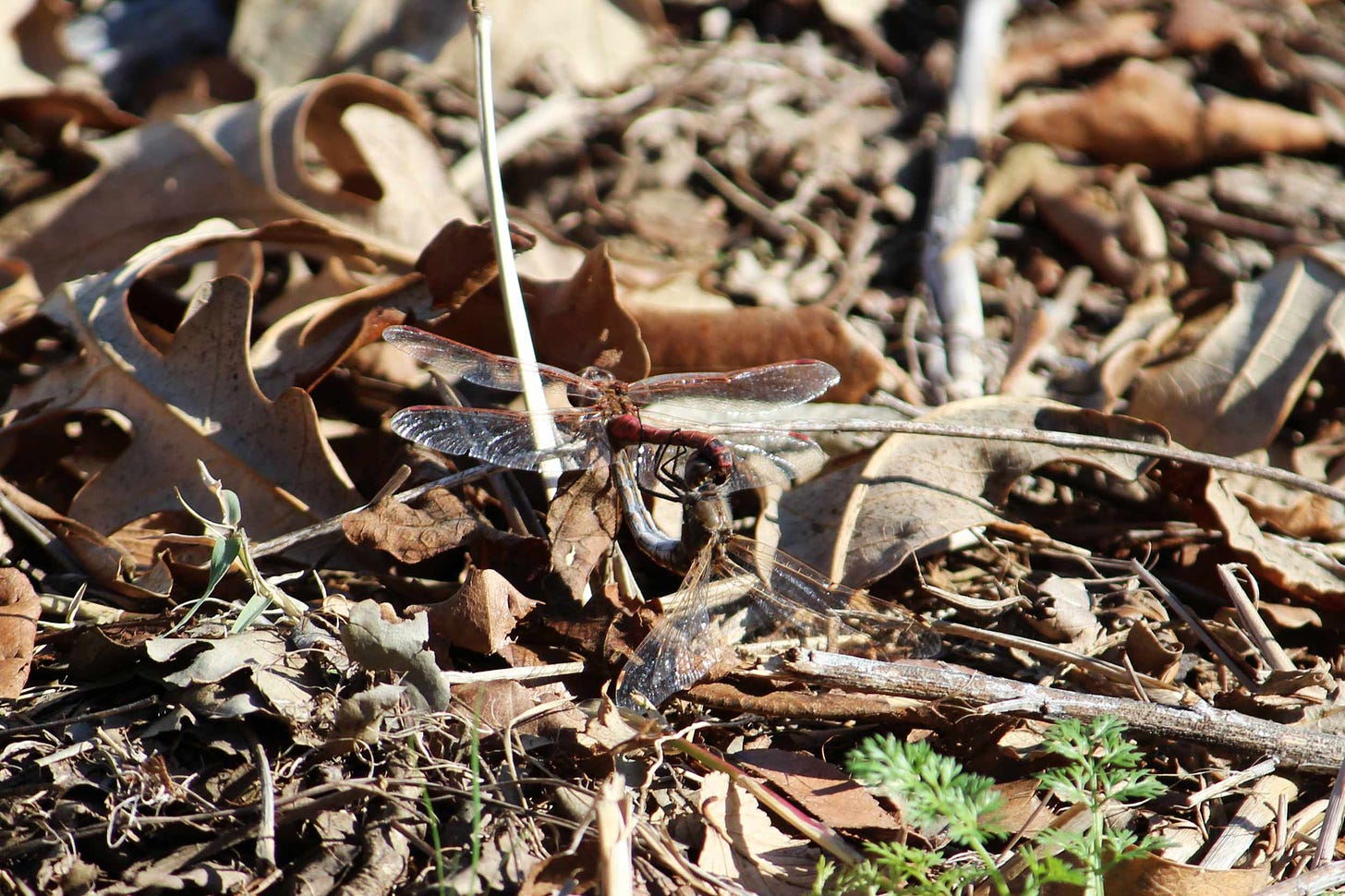
These dragonflies aren't letting winter stop the next generation from coming along!
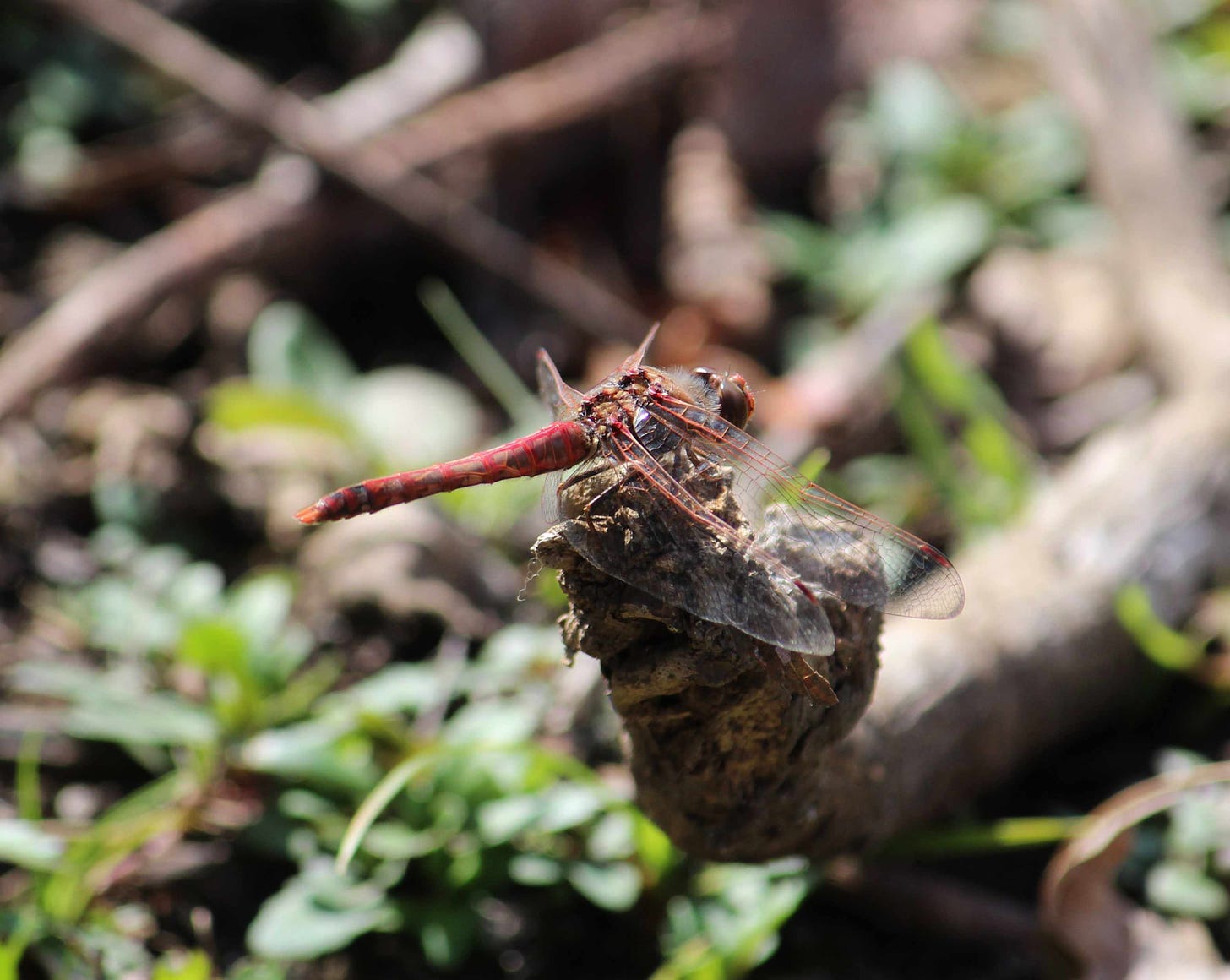
Red-tailed Pennant (Brachymesia fucata) was the predominant species of dragonfly I observed on this walk.
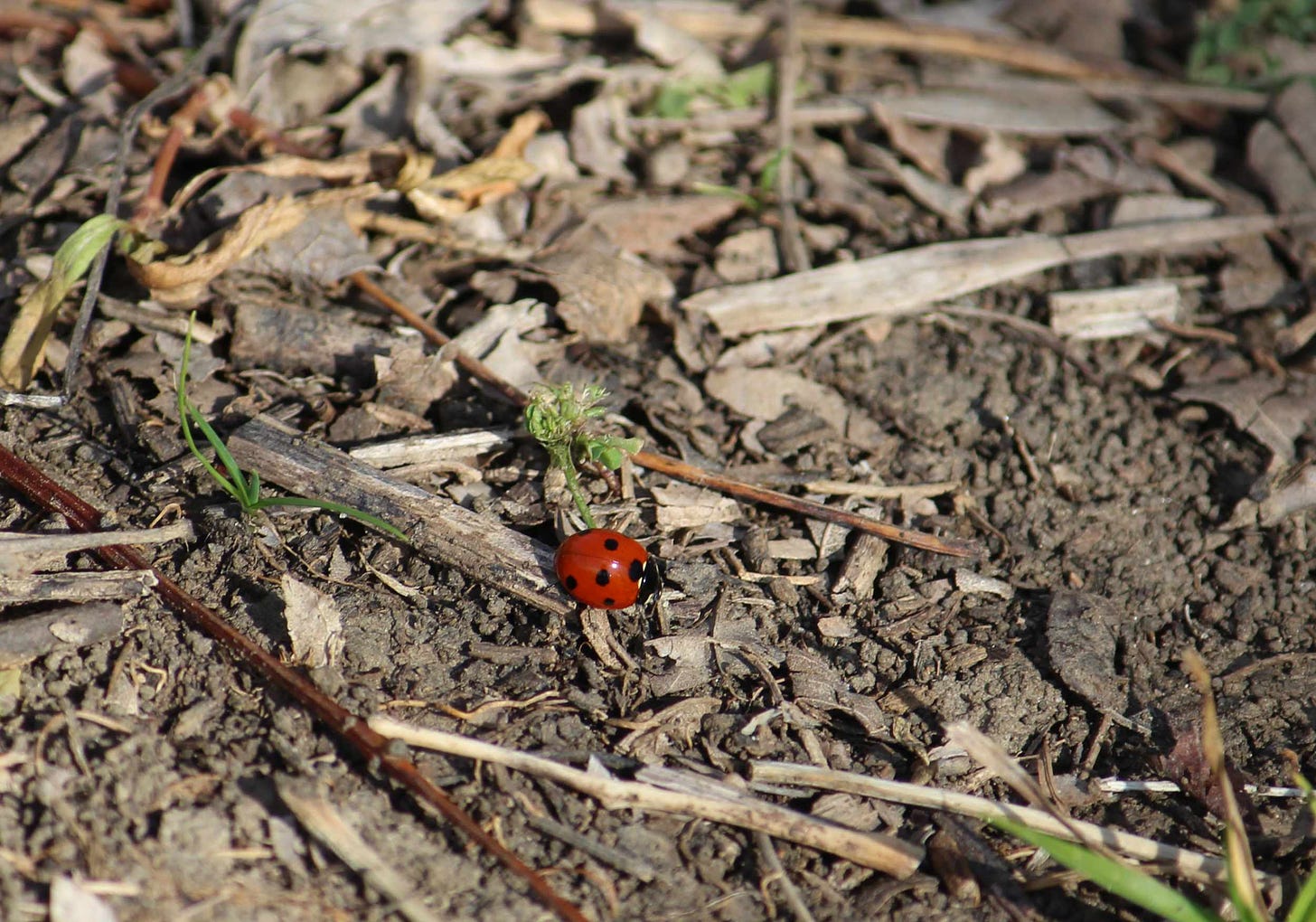
On this warm day, the insects were all out on parade. Even the tiny ladybug was easy to spot with her colorful elytra in the leaf litter
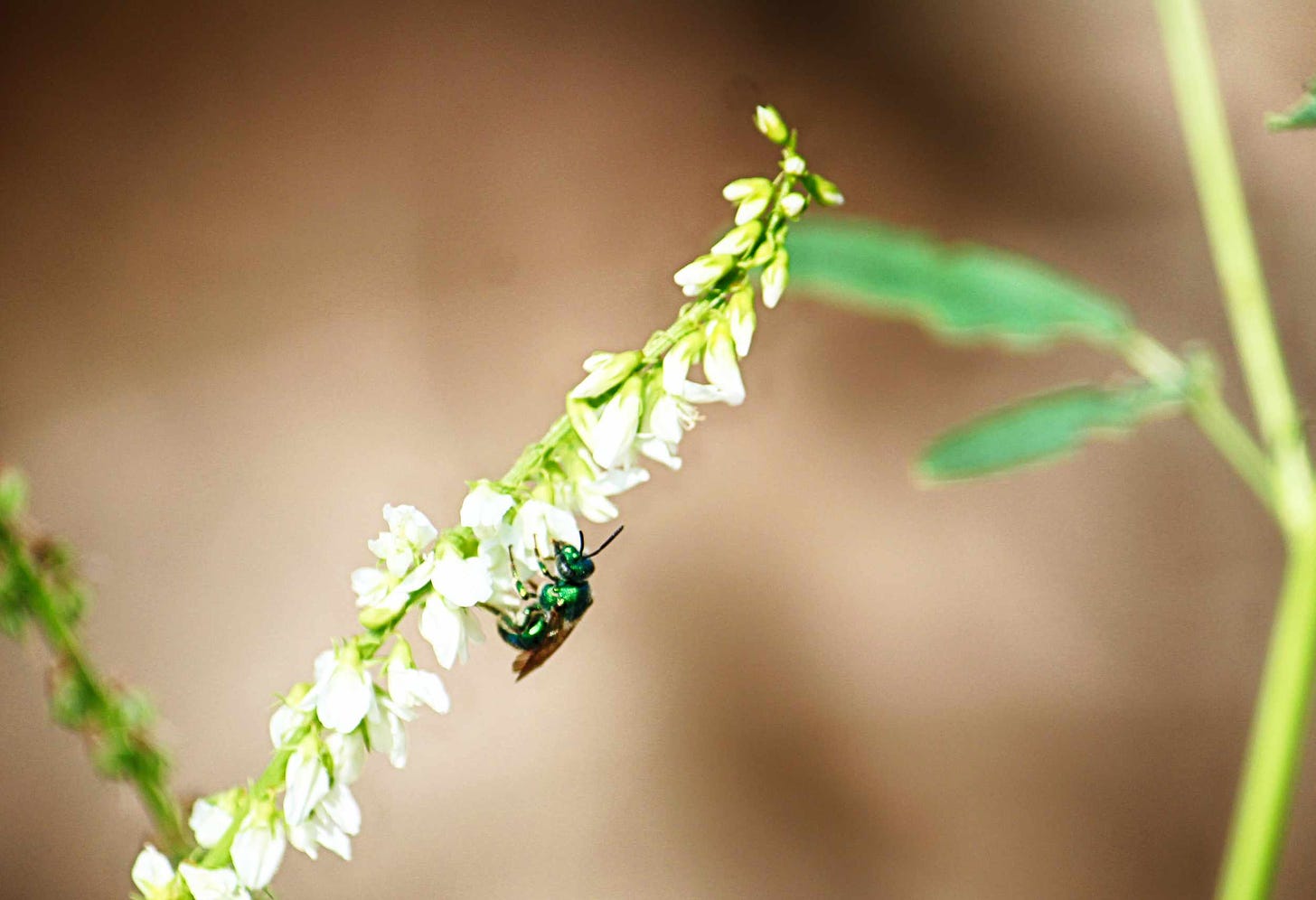
I'm delighted to observe my old friends the halictid bees are common here as they were in Ohio.

And the honeybees were attending this white sweet clover, as well, Melilotus albus meet Apis mellifera. Note the common Greek root for honey, there!
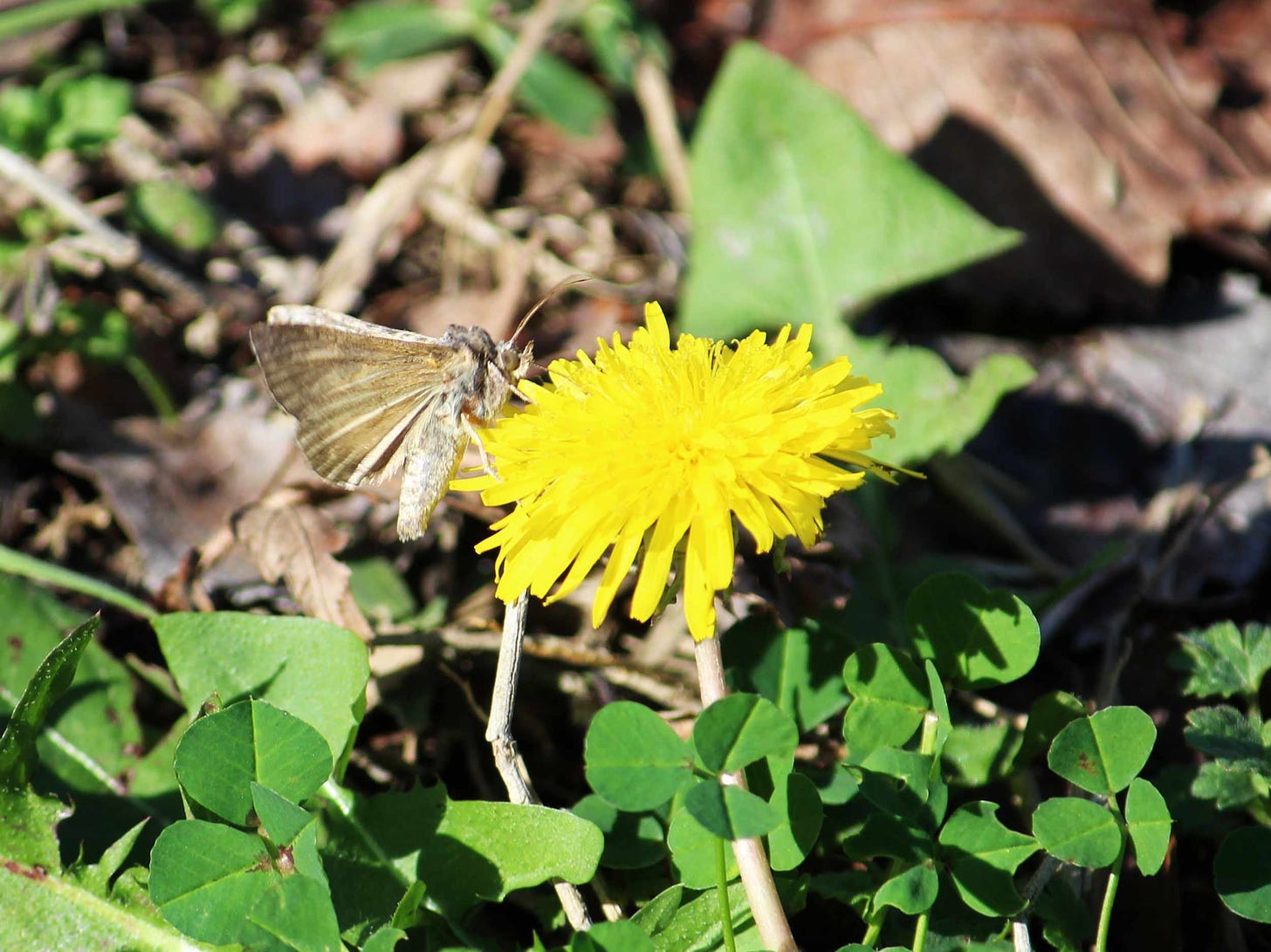
I'd been seeing Clouded Sulfurs flitting about, but then I saw this fat fluffy moth out in daytime supping at a dandelion.
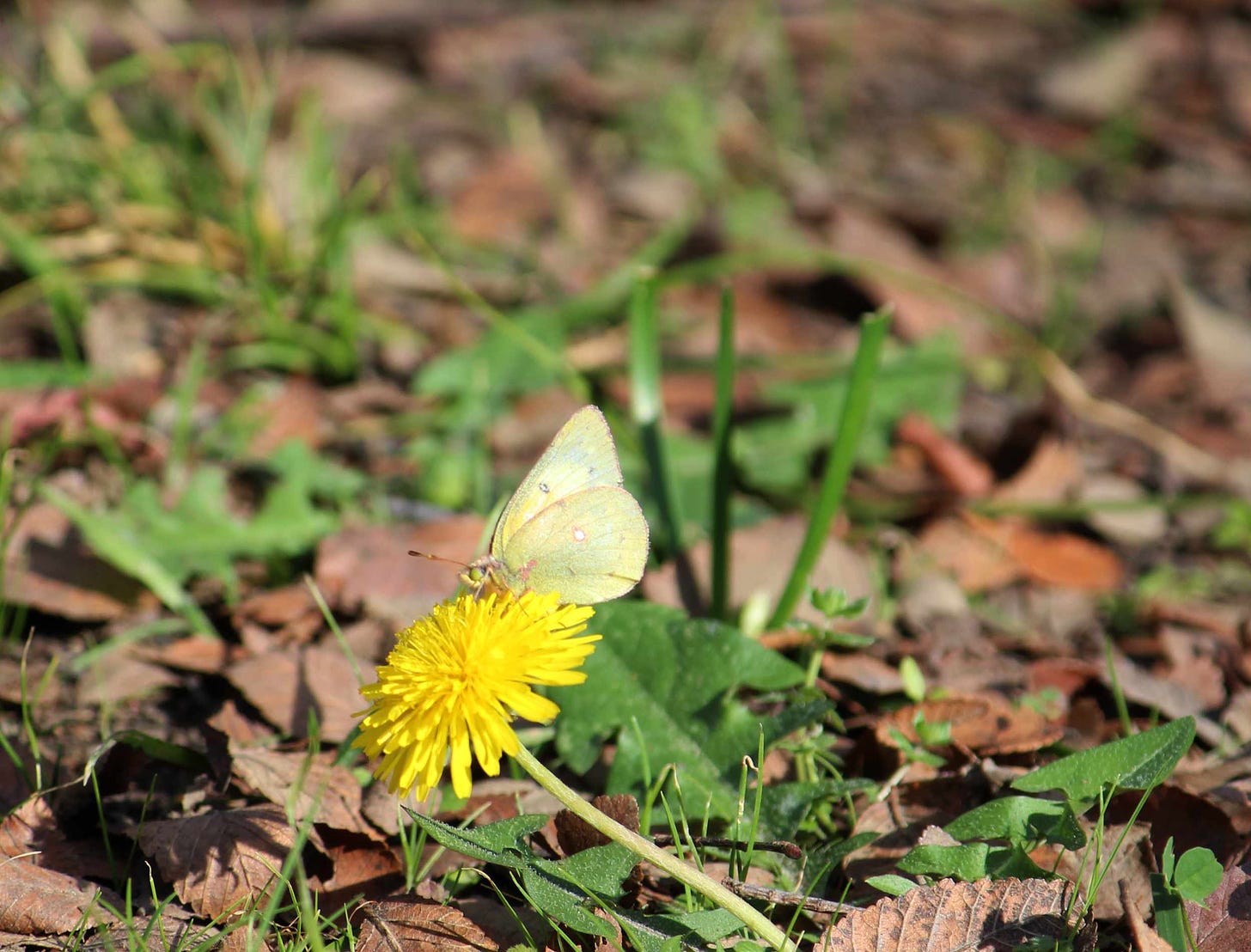
The Clouded Sulphur (Colias philodice) can be distinguished easily from it's slightly larger cousin the Cloudless Sulfur by looking at the closed wings. The small round 'cloud' markings give it away.
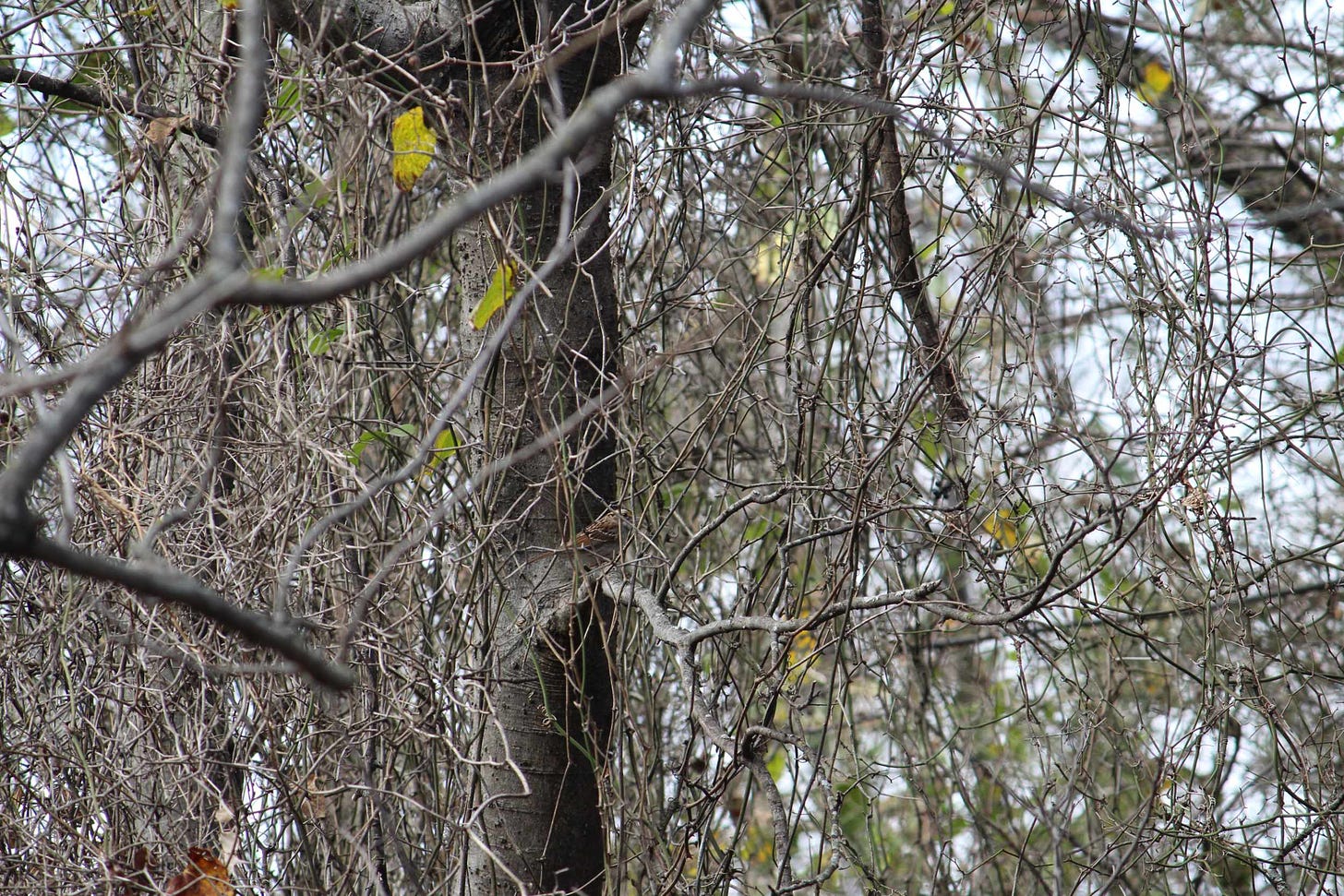
Can you spot the bird? The tangle of vines, even leafless, made it very difficult to see, photograph, and identify the number of birds I heard and glimpsed on my walk.
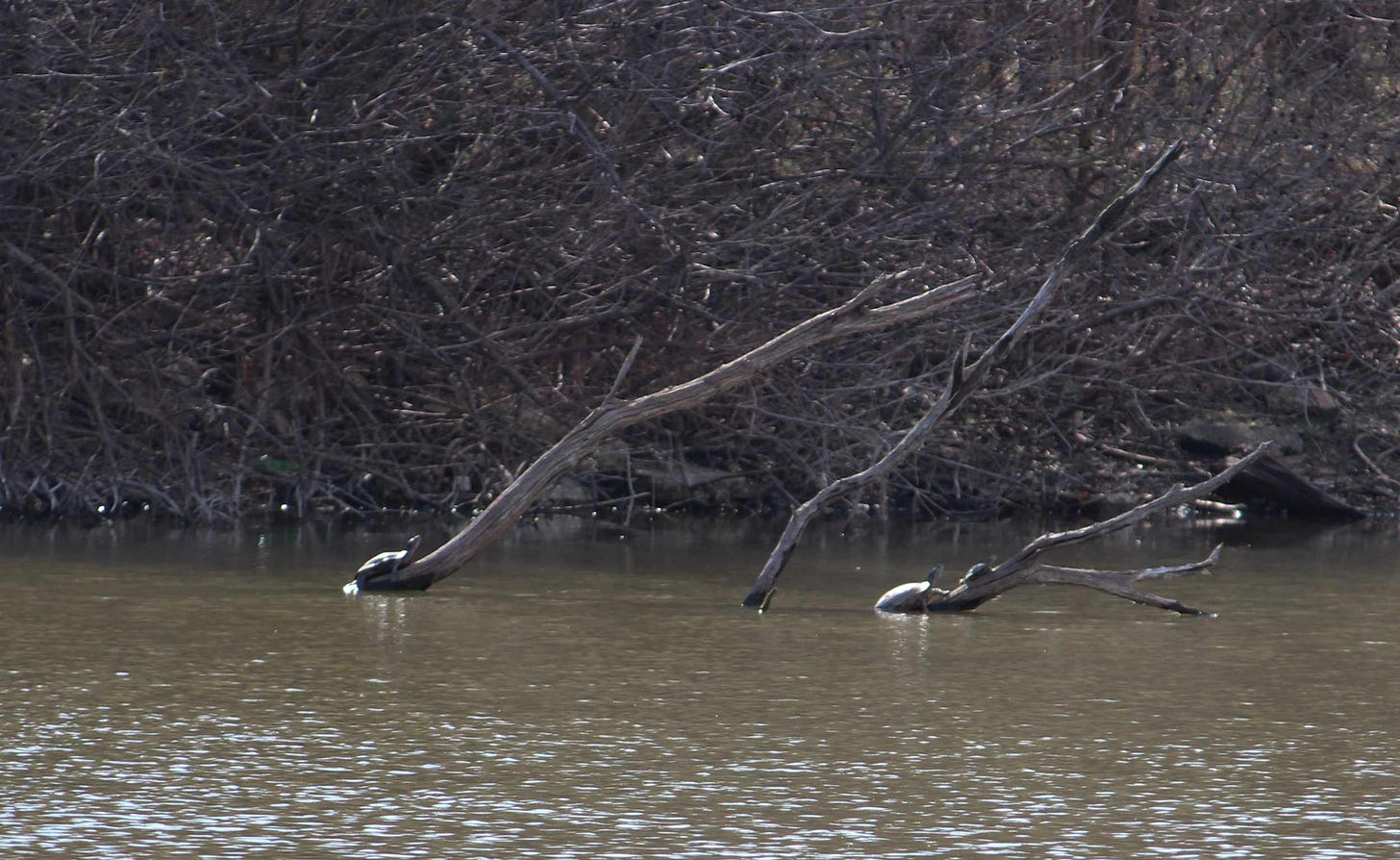
Those turtles, though! They weren't relinquishing their sunning for anything.
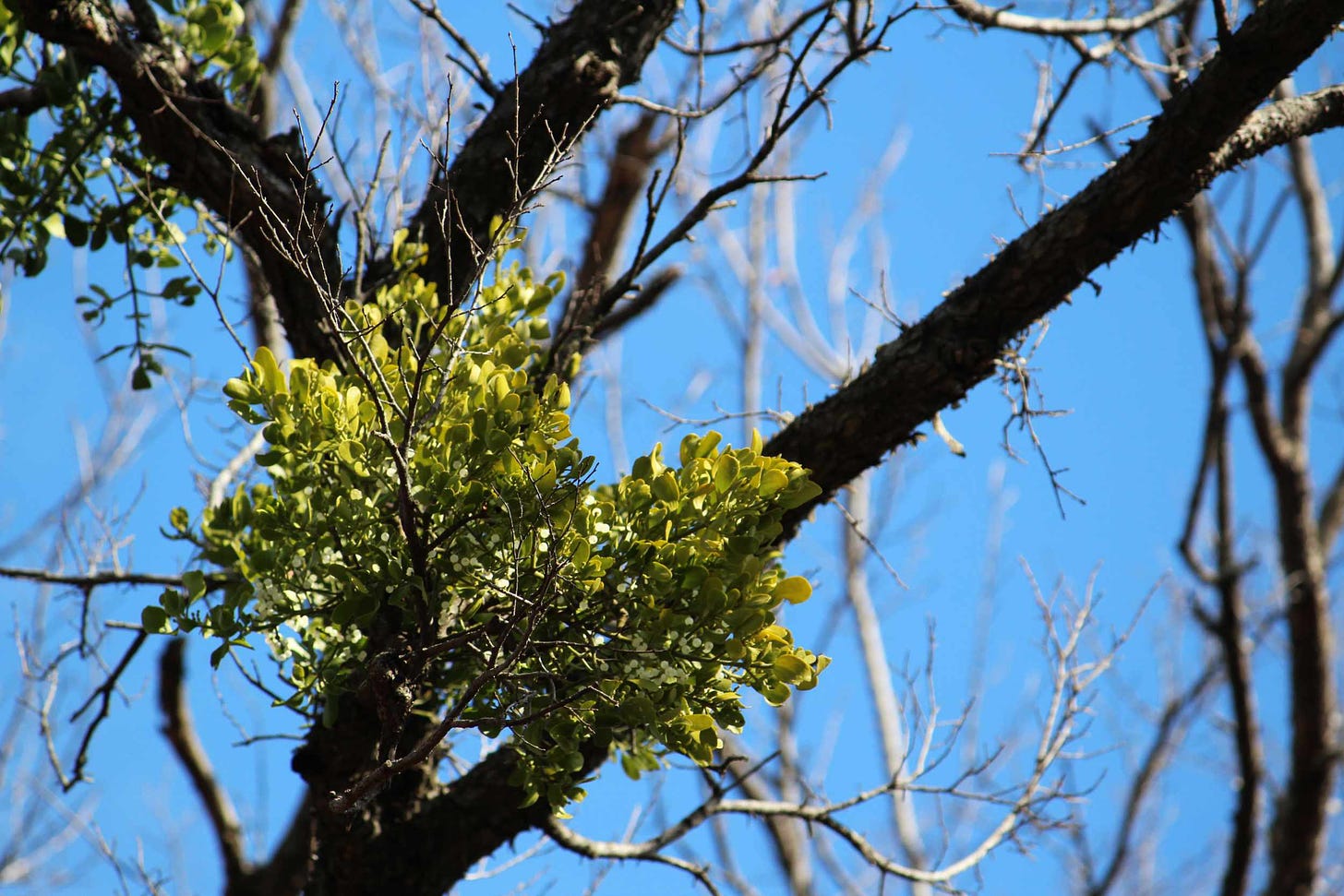
Mistletoe is much easier to spot once the oak leaves have fallen. Such a storied plant! I'll do more on this soon.
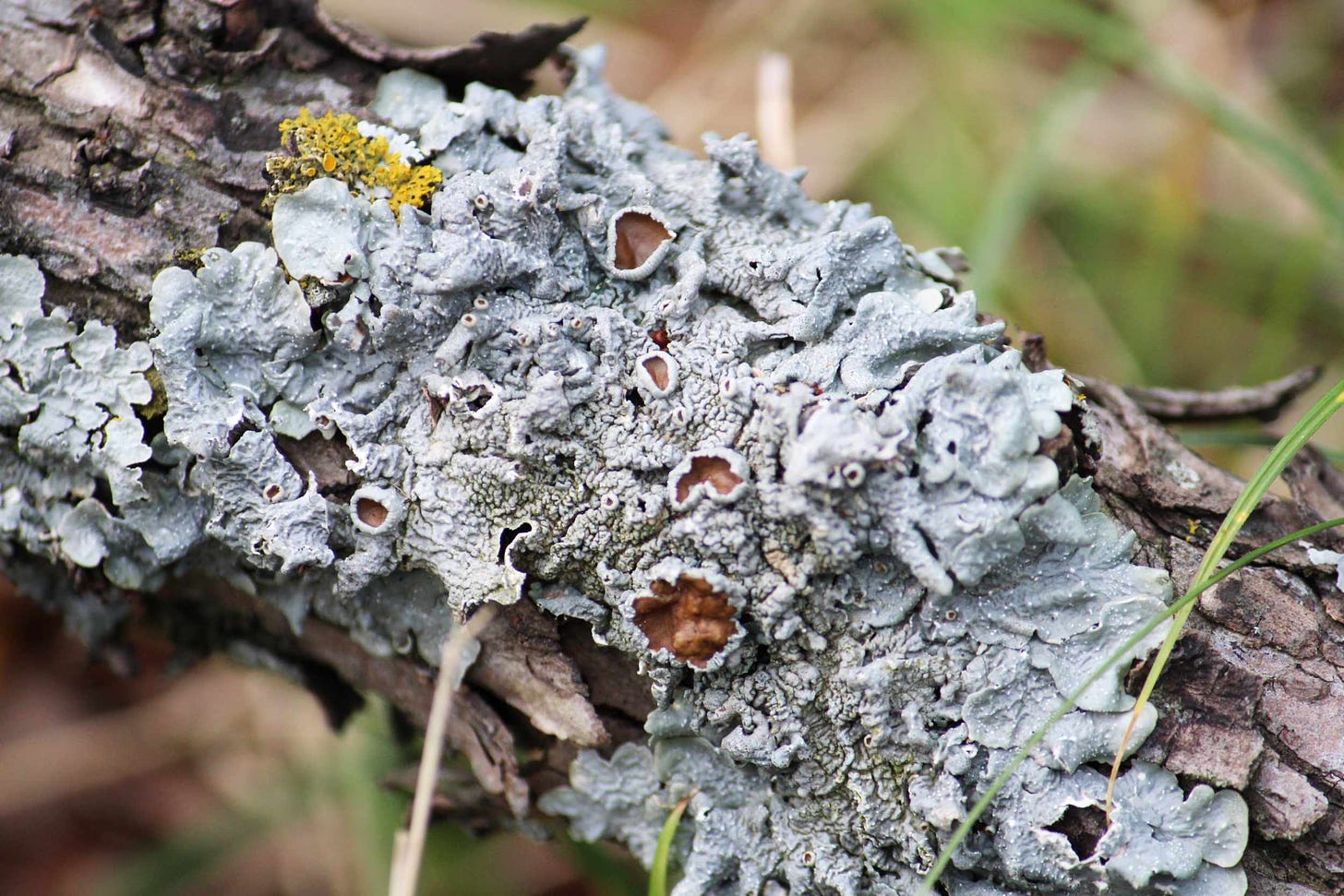
This gray crustose lichen with it's brown fruiting bodies is most likely a Hypotrachyna spp. The little yellow lichen is another genus, Candelaria.
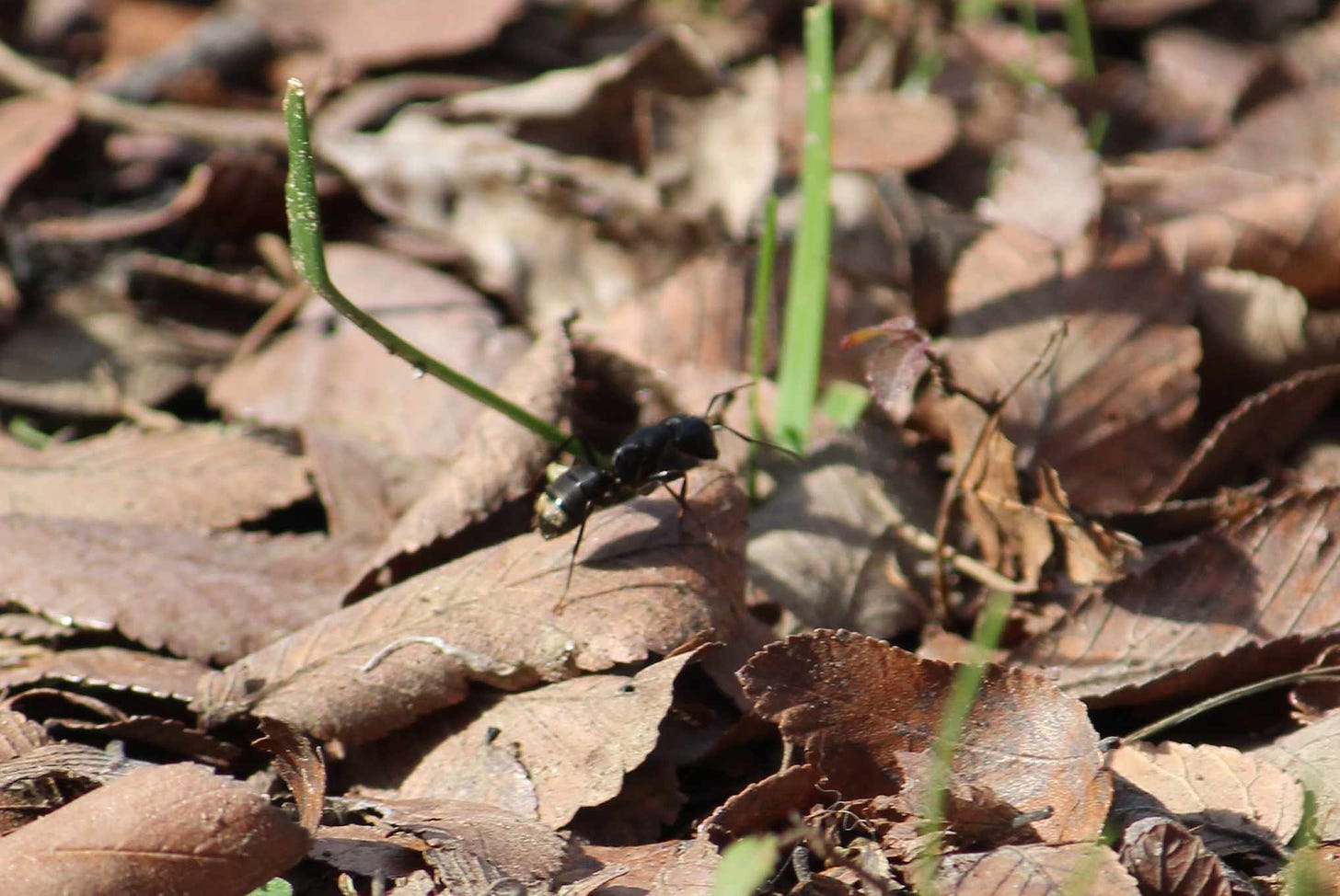
Given the recent passing of the great EO Wilson, I was delighted to spot a busy ant roving... but not fast enough to capture a clear photo! Still, I wanted to keep this in honor of his peculiar obsession and contribution to the field of natural history.




